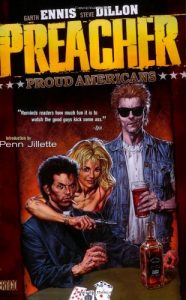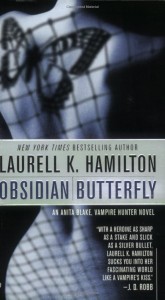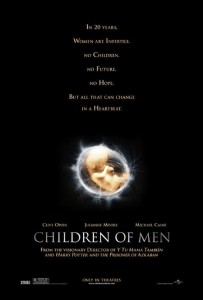Despite how it looks, I don’t read only on the weekends. It’s just that the graphic novels have a way of going fast, and especially so if I happen to be reading them on Saturday, aka “nothing breaks at work because nobody is messing with the network day”. So I suddenly find myself with free time on my hands, not all of which can be filled with illicit games of nethack. (I can hardly wait for someone at my place of employment to figure out this is me.) All of which is a clever(?) way of introducing a new graphic novel series into my rotation. This puts me at three now, but with a couple more pretty soon.
This one isn’t about the wellspring of mythology or coming to literal grips with religion, though. Nope, it’s about zombies! Days Gone Bye is the first volume of a thusfar ongoing series, The Walking Dead. Kentucky police officer Rick Grimes wakes up from a coma acquired in the line of duty to find that the world he knew has been blown away like a carelessly held handful of dust. Now he has figure out how to survive while civilization gradually winds down to nothing and find his wife and son. And okay, maybe this introduction isn’t that much different from Resident Evil: Apocalypse or 28 Days Later, but let’s be honest. It’s certainly a good way to explain all that early book exposition on how we got here. And from there, it flows straight into Romero territory. Which is a compliment rather than an accusation of plagiarism. Sure, the question is one that Romero has asked in each of his movies: when everything is gone except for the daily, hourly struggle for survival, is it still possible to retain humanity? But the beauty of that question is that it has so many avenues to an answer. About as many as there are people left to define possible answers. Sure, zombies have a special place in my heart (as, I’m sure, my heart would have a special place in a zombie), but this is something you can get out of any good post-apocalyptic story, and it’s a big part of why I like them.
Also from Romero territory is the black and white motif. I’m not sure what makes it work so well. Maybe it’s that it causes me to pay more attention to details, whereas my eyes take in color as part of the natural order of things and slide straight to the action. It seems to fit the theme of the world winding down very well, though, with the panels starkly black or white by turns as days and seasons progress. The people don’t talk too often, and that’s okay. Long speeches and angry shouts seem out of place in this world, and not just because it gives the walking dead something to hear and look for. It’s more that the words have run out and only actions have relevance anymore. Which is where those panels full of black or white come back into it: every word spoken feels as much of an intrusion onto the art as it does into the silence of the dead civilization or into the grief of our characters at each new or newly discovered setback.
 The day is coming when I’ll feel obliged to cross-reference some games with the movies section. The last couple of Zeldas fall into that evolving category, as does Halo 2. As, also, does
The day is coming when I’ll feel obliged to cross-reference some games with the movies section. The last couple of Zeldas fall into that evolving category, as does Halo 2. As, also, does  I went to a lot of movies this weekend. Well, three, but three is kind of a lot, I think. One was
I went to a lot of movies this weekend. Well, three, but three is kind of a lot, I think. One was  The only problem with modern graphic novels is that they fly by entirely too fast. I feel like I’m doing the art this massive disservice, even though I try my very best to linger over it. In any case, I continue to greatly enjoy the Preacher series, which as of this afternoon I am now a third of the way through. If the
The only problem with modern graphic novels is that they fly by entirely too fast. I feel like I’m doing the art this massive disservice, even though I try my very best to linger over it. In any case, I continue to greatly enjoy the Preacher series, which as of this afternoon I am now a third of the way through. If the 
